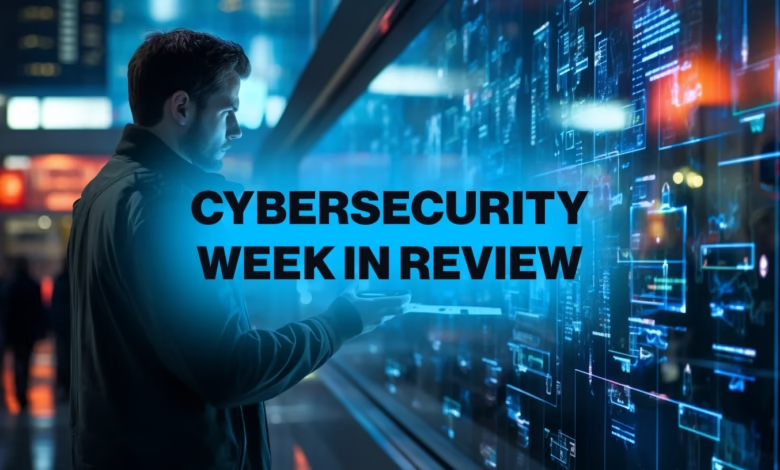Google Patches Chrome Zero-Day Exploit, Patch Tuesday Updates

▼ Summary
– Microsoft released multiple out-of-band patches in May ahead of June 2025 Patch Tuesday.
– Google fixed a Chrome zero-day vulnerability (CVE-2025-5419) actively exploited in the wild.
– Decentralized identity (DID) is gaining traction, raising governance questions for CISOs.
– Attackers breached ConnectWise’s ScreenConnect, compromising a small number of customer instances.
– Ransomware and USB-delivered malware are increasingly targeting industrial systems, per Honeywell’s 2025 report.
Google has rolled out critical security updates for Chrome, addressing a zero-day vulnerability actively exploited by attackers (CVE-2025-5419). The patch comes alongside Microsoft’s unusually high volume of out-of-band updates, signaling heightened cybersecurity threats. These developments highlight the escalating challenges organizations face in safeguarding digital assets against increasingly sophisticated attacks.
Microsoft’s Patch Tuesday updates arrive amid growing concerns over unpatched vulnerabilities. The company has been unusually active with emergency fixes throughout May, suggesting a surge in high-risk exploits requiring immediate attention. Security teams are advised to prioritize these updates to mitigate potential breaches.
Meanwhile, cybercriminals are impersonating IT support staff to infiltrate Salesforce environments, stealing sensitive customer and business data. Google’s Threat Intelligence Group warns that these attacks have been ongoing for months, underscoring the need for enhanced verification protocols.
ConnectWise disclosed a breach involving compromised ScreenConnect instances, attributing it to a suspected nation-state actor. While only a small number of customers were affected, the incident raises alarms about supply chain vulnerabilities in managed service provider (MSP) platforms.
In governance discussions, decentralized identity (DID) models are gaining traction, forcing CISOs to rethink traditional data protection strategies. As organizations experiment with self-sovereign identity frameworks, questions arise about accountability in systems where no single entity holds control.
AI’s role in cybersecurity continues to evolve, with CISOs transitioning from tactical defenders to strategic risk advisors. However, autonomous AI systems introduce new risks, as traditional security architectures struggle to contain unpredictable behaviors in large language models (LLMs) and agentic AI.
Ransomware and USB-delivered malware are increasingly targeting operational technology (OT) systems, according to Honeywell’s latest threat report. Industrial environments face mounting pressure as attackers exploit weak points in legacy infrastructure.
On the regulatory front, banking associations are pushing back against SEC cybersecurity disclosure rules, arguing that mandatory incident reporting within four days is overly burdensome. Critics counter that transparency is essential for investor protection and systemic risk management.
Open-source tools like Meta’s Automated Sensitive Document Classification aim to streamline data protection by automatically tagging confidential information. Meanwhile, Vet, a new supply chain security tool, helps developers detect malicious dependencies beyond standard vulnerability scans.
Security awareness training remains ineffective at reducing human error, prompting experts to explore AI-driven alternatives. With 48% of security professionals struggling to meet compliance requirements, organizations must balance speed and security in an increasingly complex threat landscape.
For those seeking career opportunities, cybersecurity roles remain in high demand, spanning penetration testing, risk management, and compliance. Specialized platforms like PlexTrac are also emerging to simplify pentest reporting and exposure management.
As threats multiply, knowing where sensitive data resides—especially in regulated industries like healthcare—is critical. Cross-border data storage complicates compliance, making visibility a cornerstone of modern security strategies.
The industry’s rapid evolution demands constant vigilance. Whether patching zero-days, rethinking identity governance, or defending against AI-powered threats, organizations must stay ahead of adversaries who grow more sophisticated by the day.
(Source: HELPNET SECURITY)


